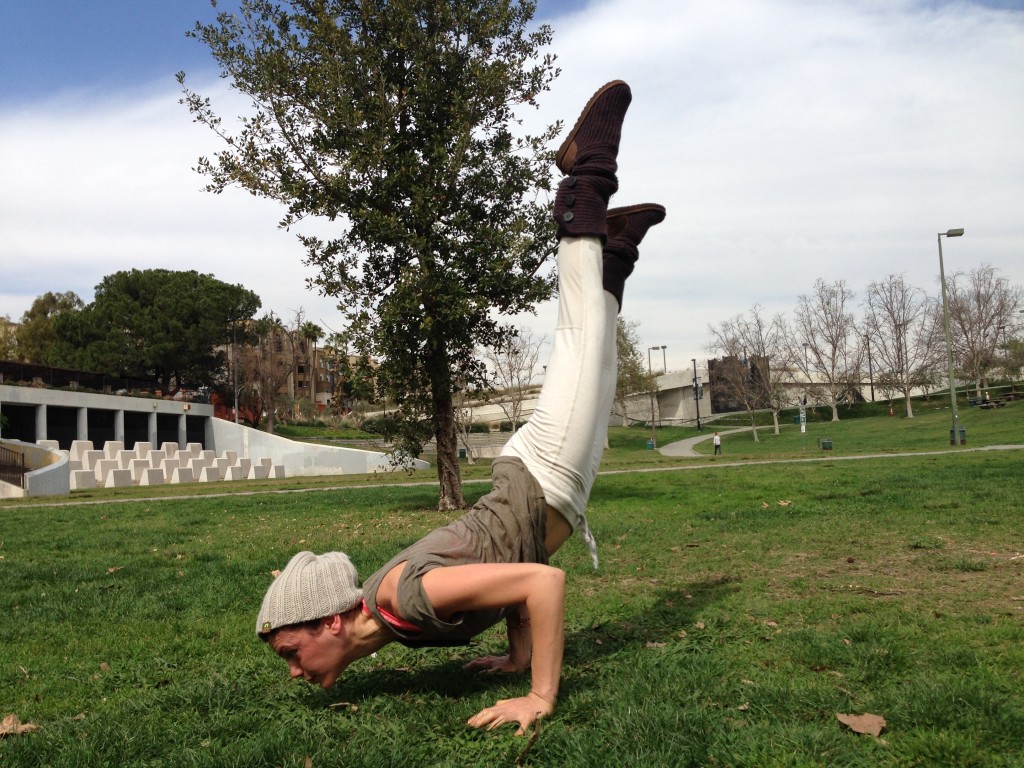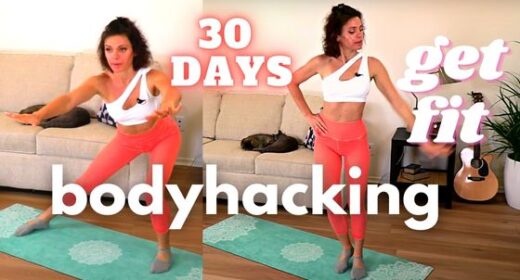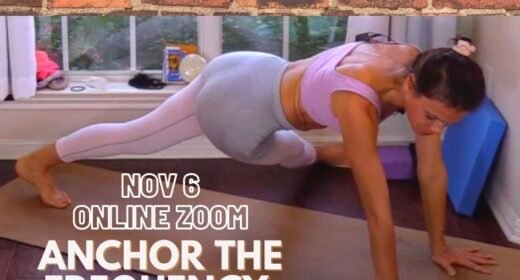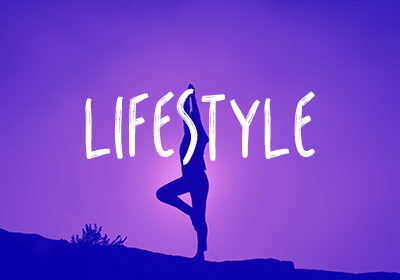Beginner Package: Modifications with any Level Class
Yoga With Modifications
Posture Modifications For Making Yoga Accessable to Everyone
By Laura Jones-Miller
It is not often that one is able to do an entire class, beginning to end, without making a few modifications. Knowing how to modify a posture modification is a very valuable tool in yoga…One can modify so as not to to further aggravate an injury…sometimes the modification is even rehabilitative (did I just make that word up?… :/ ). If you are practicing at home…modifications are fabulous and will allow you to customize a class to our own needs. It really gives you access to any class you are interested in taking. Let’s take a look at some of our modification options…I don’t know about you…but me…I LOVE options! It’s like getting extra stuff…and who doesn’t love extra stuff?!
What is a Modification?
A modification is an adaptation of an asana that’s specifically geared to assist a person with their own particular abilities and limitations. Abilities and limitations may include: strength, range of Motion, flexibility, experience, body type (remember that pose where one sits in full Lotus and then presses the hands on the floor to lift the body off the floor…I remember being completely convinced that my arms were too short. HA! They must have grown longer with all of the practice… :O ), and endurance.
Modification allows a student to safely practice while lessening the risk of injury. The more weight a joint must support… the higher the risk. In extreme positions… that risk is more extreme. When a student has an injury, or does not have adequate strength to safely practice a pose, one must lessen the weighted load. For example–Plank Pose can be modified for students who can bear no weight on the wrist by practicing it on the forearm. It can also be modified for students who can bear some weight by dropping the bottom knee to the floor and turning the back heel down to lessen the weight on the wrist, shoulder and elbow. Also one can place the top foot on the floor in front like a kickstand.
Modification allows a student to safely practice while lessening the risk of injury. The more weight a joint must support… the higher the risk. In extreme positions… that risk is more extreme. When a student has an injury, or does not have adequate strength to safely practice a pose, one must lessen the weighted load. For example–Plank Pose can be modified for students who can bear no weight on the wrist by practicing it on the forearm. It can also be modified for students who can bear some weight by dropping the bottom knee to the floor and turning the back heel down to lessen the weight on the wrist, shoulder and elbow. Also one can place the top foot on the floor in front like a kickstand.
Chaturanga Dandasana…a pose often done repetitively …can be modified by lowering the knees to the mat in order to reduce the load placed on the upper body. Or, Cobra Pose can be substituted.
Modification Basics
(these basic rules apply repetitively throughout different poses during the practice)
Here are the bottom line basics; keep the knees in line with the ankle bone, use all four corners of the feet , hug the muscles to the bone and use the muscles to line up the skeleton, and unless otherwise directed, keep the tail bone tucked and the abs engaged. These are all the most fundamental and foundational yoga basics. They are REALLY important. Know that you should always do these even if no one specifically tells you to.
Here are the bottom line basics; keep the knees in line with the ankle bone, use all four corners of the feet , hug the muscles to the bone and use the muscles to line up the skeleton, and unless otherwise directed, keep the tail bone tucked and the abs engaged. These are all the most fundamental and foundational yoga basics. They are REALLY important. Know that you should always do these even if no one specifically tells you to.
Resting Poses
Until you have built up strength and endurance use Child’s Pose, or Downward Facing Dog as a resting posture until you are able to continue. This is always an option.
Modification For Surya Namaskar – Sun Salute
The following is a modified session for Surya Namaskar A- Sun Salute. The focus is on building or maintaining strength and flexibility without putting significant weight on the bent knee. Poses like the warrior asanas (Virabhadrasana 1 and 2), low lunge (anjaneyasana), hero (virasana) and even child’s pose (balasana) put pressure on the knee joint, and for people experiencing knee injury or tightness and poor flexability, these poses can be difficult. This modified Surya Namaskar A removes any stepping forward or back, thus allowing the legs to remain relatively straight. Another benefit of removing lunges and stepping is that the pelvis remains even, so this sequence is also very symmetrical for the hips. Symmetry in the legs and hips paired with optimal stretching can help prevent injury. It is also beneficial for recovery and healing an injury
1. Tadasana/Mountation Pose – Begin standing, feet hip width apart, at the back of your mat. Direct your attention to the soles of your feet, feeling a solid connection to the ground at the ball of your foot, base of the baby toe, and both sides of the heel (all four wheels). Extend your feet into the ground, feeling a sense of strength in the legs as you engage the muscles, lift up on the knee caps and hug muscle to bone in the thighs. Let your pelvis remain neutral, but engage the core, let the spine extend , and relax the shoulders down your back.From hands in Namaste/Prayer – Let the arms float out to your sides, feeling a lightness in them as you fill your lungs with deep breaths. Now, raise your arms up overhead reaching to the sky. You can look to your hands if you have a healthy neck…The modification for a neck injury is to gaze at the wall in front of you.
2. Uttanasana/Forward Fold. As you slowly exhale, put a small bend in your knees and lengthen your spine forward from the hips. Reach your arms out to the side and down as you fold towards your legs maintaining the small bend in the knees. Slowly fold…bringing your hands to your shins or the floor.
3. Ardha Uttanasana/ Halfway Up. Inhale your chest forward, letting your spine straighten as your fingertips remain on your shins or the mat. Lift your gaze “but keep your neck soft”. If you are experiencing a neck injury, or have neck sensitivity, you should have your gaze remain down at the ground.
4. Uttanasana/Forward Fold. Repeat step 2
5. Adho Mukha Svanasana/ Downward Facing Dog. Bend your knees as much as you need to and place your palms on the floor. Slowly walk your hands to the front of your mat, finding your down-dog. Spread the fingers fully and slightly cup your hands . The underside of your upper arms should externally rotate so that elbows are facing the side walls. If you feel any rounding in your spine, maintain a soft bend in the knees. Lengthen your hips up and away to find as much space and freedom in your spine. Spread your toes, and reach your heels toward the mat or remain on the balls of your feet. Breathe deeply into your back body, allowing your face to soften and neck to relax.
6. Chaturanga Dandasana/ Yoga Pushup. Inhale as you round into your upper spine, pressing down into your palms as you transition to plank pose…using your breath to fuel the movement, lowering your hips as you firm your core and place your elbows over your wrists. Distribute your weight through all 10 fingers and hover your body level with the floor. Then, exhale as you tightly press your elbows into your ribs. To modify drop your knees during this transition, so long as there is no pressure or pain. If you experience knee pain you may want to add extra padding for the knees, such as a blanket or piece of an old yoga mat.
**Another modification is to use Bhujangasana/Cobra Pose in place of Chaturanga. You do this by keeping the elbows at your sides and palms pressing to the earth, engage the legs by pressing the tops of the feet and pelvis into the ground as you inhale to lift your head and shoulders away from the floor. Breathe fully into the chest, relaxing the neck and shoulders; firm the belly. Exhale back down.
**Another modification is to use Bhujangasana/Cobra Pose in place of Chaturanga. You do this by keeping the elbows at your sides and palms pressing to the earth, engage the legs by pressing the tops of the feet and pelvis into the ground as you inhale to lift your head and shoulders away from the floor. Breathe fully into the chest, relaxing the neck and shoulders; firm the belly. Exhale back down.
7. Adho Mukha Svanasana/Downward Facing Dog – Repeat Step 5.
8. Uttanasana/Forward Fold. Bend your knees more, so that you can walk your hands back to your feet, returning to Uttanasana. Repeat as in steps 2 and 4.
9. Ardha Uttanasana/ Halfway up. Repeat Step 310. TadasanaMountain Pose – Return to Step 1. Finishing the pose by softening your shoulders, exhaling as you trace your hands down the midline and in front of your heart to Namaste/Prayer.Return to a strong foundation and keep a lightness in your chest.
*Props as Modification – For Students With Injury or Physical Restrictions
It is important to consider that using props, unless required by an injury and, or a physical restriction are not encouraged. Ali discourages their use as they can become something one depends on. It is preferable to practice in a progressive manner and allow the body to become more flexible with time and practice. Using props can impede this progression. If you are injured, or have special physical limitations and need blocks, belts, blankets, etc…then you are encouraged to use them.
It is important to consider that using props, unless required by an injury and, or a physical restriction are not encouraged. Ali discourages their use as they can become something one depends on. It is preferable to practice in a progressive manner and allow the body to become more flexible with time and practice. Using props can impede this progression. If you are injured, or have special physical limitations and need blocks, belts, blankets, etc…then you are encouraged to use them.
With love and blessing to all of you …my lovely friends, xoox, L
Ali here: In addition props are very welcome during therapeutic classes and floor relaxation sequences.
Another reason why I avoid props is that it makes the practice heavy and the time on the yoga mat starts to feel like a big production rather than something you can do anytime anywhere including when you travel. I like the spontaneity and ease of my interval Yoga approach and I intend to share exactly that with all of you. We can be body, soul and spirit fit with the least amount of distractions 🙂
Love and Healthy Vibes to All









